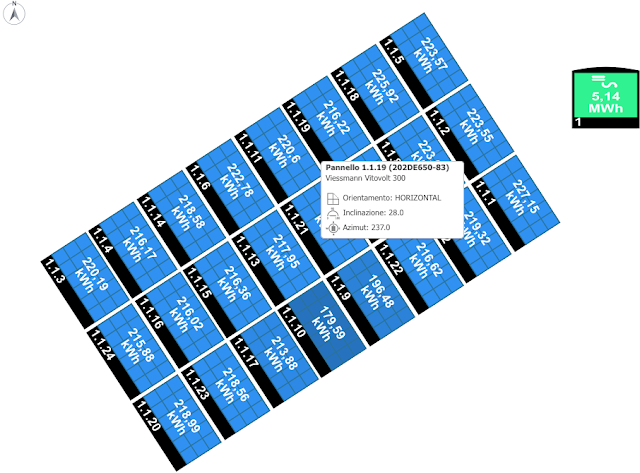A tale of two ZFS Servers, or how I ended up using two HP Microservers for Storage, Virtualization, Containers, Home Automation, you name it ...

Introduction I bought the house I am currently living in back in 2004, and during the initial renovation I took pains to run multiple lines of cat6 cable to all rooms from a single 'utility rack'. This has guaranteed me a high level of flexibility when deciding what kind of servers/services to run during all these years. One of the few rules I have been trying to stick to is that anything that I would use on a continuos base (i.e: powered on 24x7x365) would necessarily have to have a low power draw. My personal limit for always on peripherals in the house has increased with the years, due to the increase of automation and media devices, but I have been always able to keep it under the 200WH mark. During these 15 years I have gone through multiple iterations of the hardware and services running in the house, always keeping in mind the balance between having my data stored in a reasonably safe way, my internet access available most of the time, and my ability to con...

